7 Beginner Landscape Photography Mistakes: And How To Overcome Them
This article is all about highlighting the most common beginner landscape photography mistakes that everyone makes, and how we can avoid them.
Landscape photography is such an exciting journey. It allows you to capture the beauty of nature in your own unique way.
But, it’s not always a smooth ride, especially for beginners. Trust me; even the best landscape photographers started from scratch and made mistakes along the way.
Photography can seem easy at first, but the more you learn, the more you realise how much there is to it. It’s not just about capturing a moment, but also about creating art.
With landscape photography, you have the added challenge of dealing with the environment and weather conditions, in addition to your subject.
In this article, I’ll be sharing the seven most common mistakes that I see in beginner landscape photography. These mistakes include neglecting planning, obsessing over gear, not understanding camera settings and exposure, ignoring composition, only shooting popular locations, failing to seek help, and not having a workflow.
Don’t worry if you’re guilty of making any of these mistakes.
I’ve made them all, and not just once!! I’m hoping to save you some grief.
The good news is that they can be easily fixed with some guidance and practice. So, let’s dive right in.
Neglecting Planning
One of the most common mistakes beginners make is to head out without a plan. This can lead to missed opportunities and disappointing shots.
So, how can you avoid this common mistake? It’s simple – research, research, research!
Before you head out to your location, do your homework. Check the weather conditions, sunrise and sunset times, and the best vantage points. You can even use apps like PhotoPills or The Photographer’s Ephemeris to plan your shoot with ease.
“By failing to prepare, you are preparing to fail.” – Benjamin Franklin, or another favourite of mine “Prior planning prevents poor performance.” ~
When you plan your landscape photography shoot, you’ll be in the right place at the right time, and you won’t miss the opportunity to capture that perfect shot.
Take the time to research the location, check the weather forecast, and plan your composition ahead of time. It’s a small investment that can make a big difference in your photography results.
Recommended planning article: Plan Your Next Photography Shoot
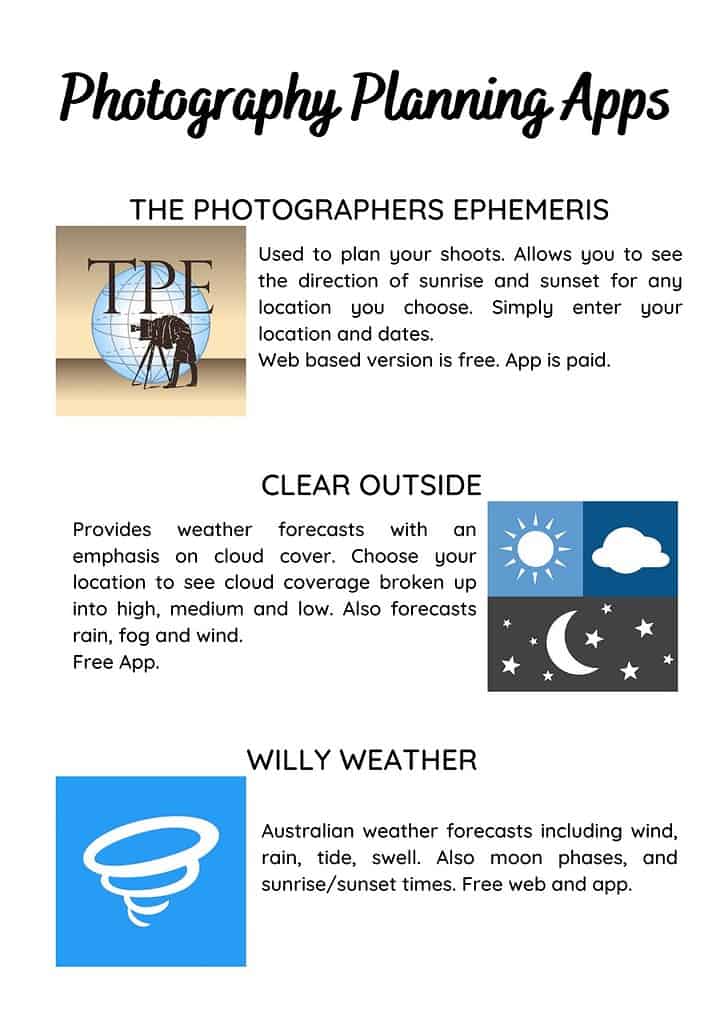
Arriving Too Late or Leaving too Early
One of the most common mistakes that beginner landscape photographers make is arriving on location too late or leaving too early.
The best light for landscape photography is during the golden hours, which is the hour after sunrise and the hour before sunset.
It’s important to plan your shoot ahead of time and arrive at the location early to scout the area and find the best vantage points for your shots.
Not Checking the Weather Forecast
Another common beginner landscape photographer mistake is not checking the weather forecast before heading out to shoot. The weather can have a huge impact on the mood and quality of your shots.
Make sure to check the forecast and plan your shoot accordingly.
Cloudy or overcast days can be great for moody and dramatic shots, while sunny days can be perfect for landscapes with vibrant colours.
Shooting at the Wrong Time of Day
Choosing the wrong time of day to shoot is another common mistake that beginner landscape photographers make.
Shooting at midday, when the sun is high in the sky, can result in harsh shadows and unflattering lighting.
Instead, try to shoot during the golden hours for softer, more even lighting.
If you’re shooting during the day, try to find shade or use a polarising filter to reduce glare and enhance colours.
Obsessing Over Gear
If you’re anything like me, you’re probably guilty of one of the most common mistakes in the book: obsessing over gear.
But let’s be real, having the latest and greatest camera won’t automatically turn your shots into award-winning masterpieces. I truly have learned that the hard way.
There’s a whole range of factors that contribute to a great photo, including lighting, composition, and creativity. So don’t get too caught up in the gear game. While having the right tools can certainly improve your shots, it’s no substitute for honing your skills and putting in the practice.
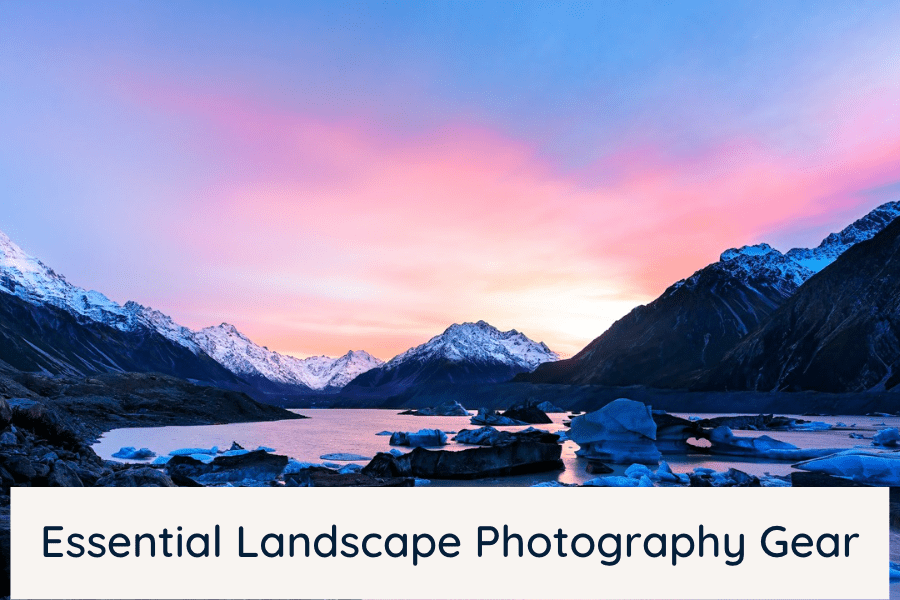
Focus On The Essentials
Instead of obsessing over gear, focus on the essentials of landscape photography. This includes understanding lighting and composition, developing your eye for detail, and mastering the technical aspects of your camera. By focusing on these fundamental skills, you’ll be able to capture great shots with whatever gear you have available.
Of course, it’s still important to invest in quality gear when you can. But don’t let the pursuit of new equipment distract you from the true essence of photography.
The Best Camera Is The One You Have With You
As the saying goes, the best camera is the one you have with you. This means that even if you don’t have the latest and greatest gear, you can still capture stunning landscape photos with the equipment you have on hand.
It’s way more important to know the camera you have and have it set up just for you.
So don’t get too caught up in the gear game. Instead, focus on developing your skills and creativity, and use whatever equipment you have available to capture beautiful photos of the world around you.
The one exception – Not Using a Tripod!
Shaky hands can ruin an otherwise great shot. Investing in a tripod is a must for any landscape photographer.
It will help you keep your camera steady and ensure sharp, crisp images, especially in low light conditions.
“Look for a tripod that is sturdy and lightweight. Carbon fibre tripods are a great option as they’re lightweight and durable.”
Using a tripod is essential for landscape photography, as it helps you stabilise your camera and avoid blurry shots.
A tripod allows you to use slower shutter speeds, which can help you capture the beauty of waterfalls, streams or other moving elements in your landscape composition.
Invest in a good quality tripod that is sturdy and durable, and don’t forget to bring it with you on your shoot.
Not Understanding Settings and Exposure
Knowing how to use your camera settings and exposure is crucial in landscape photography.
However, many beginners make the mistake of not fully understanding these concepts, which can result in poorly exposed or blurry images.
Here are some tips to help you overcome this:
- Shoot in manual mode: This will give you full control over your camera settings and allow you to adjust them to your liking.
- Understand aperture: Aperture controls the amount of light that enters the camera and affects the depth of field in your images. A wide aperture (low f-number) will create a shallow depth of field while a narrow aperture (high f-number) will create a deeper depth of field.
- Master shutter speed: Shutter speed determines how long the camera’s sensor is exposed to light. A faster shutter speed will freeze motion while a slower shutter speed will create motion blur.
- Use the histogram: The histogram is a graph that shows the distribution of tones in your image. Aim to have a balanced histogram with no clipped highlights or shadows.
- Shoot in RAW: Shooting in RAW format is essential for landscape photography. When you shoot in JPEG format, the camera processes the image, compresses it, and discards some of the data. Shooting in RAW, on the other hand, gives you more control over the image in post-processing. As the famous photographer Ansel Adams once said, “The negative is the equivalent of the composer’s score, and the print the performance.” Shooting in RAW is like having the negative, giving you more control over the final image.
Remember, practice makes perfect! Experiment with different camera settings and exposure techniques to find what works best for you and your style of photography.
Understanding camera settings and exposure is like learning to speak a new language. It may seem daunting at first, but with practice, it becomes second nature.
Ignoring Composition
Composition is one of the most important aspects of landscape photography. It’s not just about capturing a beautiful scene, but also how you present it to your audience.
Ignoring composition is one of the most common beginner landscape photography mistakes that can lead to dull and uninteresting photos.
Here are some tips to help you overcome this mistake:
Don’t Forget about the Rule of Thirds
The rule of thirds is a basic principle of composition that can help you create more balanced and visually pleasing photos. Imagine a grid of nine equal parts, and place the most important elements of your photo along the lines or at the intersection points of the grid.
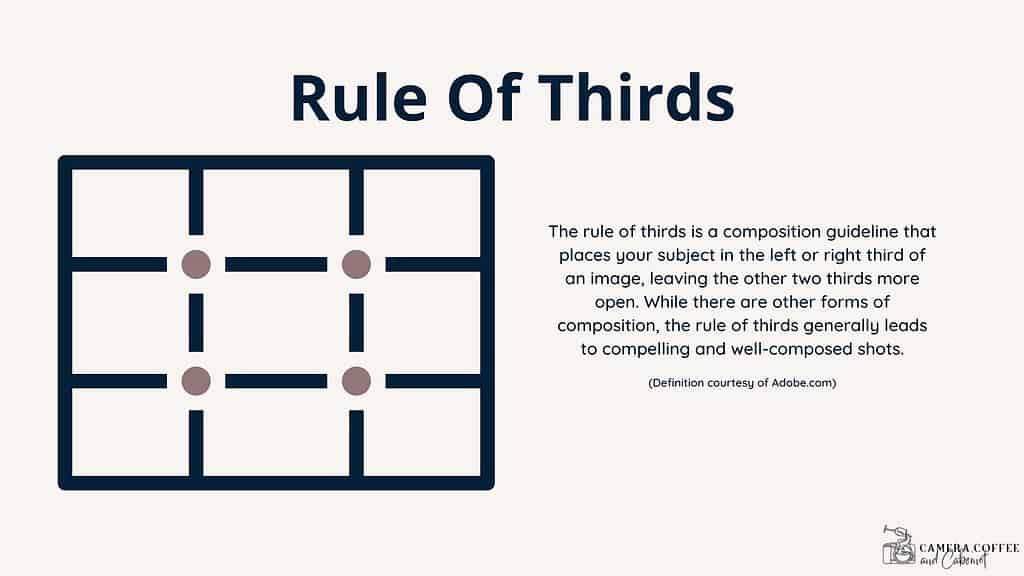
Pay Attention to the Foreground
The foreground of your shot can add depth and interest to your landscape composition.
Make sure to pay attention to the foreground and use it to lead the viewer’s eye into the scene.
Look for interesting elements such as rocks, flowers or other details that can add visual interest to your shot.

Keep that Horizon Line Straight
Don’t let a crooked horizon line ruin your shot! It’s one of the most common mistakes that can make your photo look unbalanced and unprofessional.
But don’t worry, there are simple solutions to overcome this. Use the grid lines on your camera to line up the horizon or adjust it in post-processing with editing software.
Keep your horizons straight – this is really the only rule that I think is 100% a rule!
Shoot in Different Orientations
Are you limiting your landscape photos to just one orientation?
If you’re nodding your head, then it’s time to experiment with different orientations.
While landscape orientation is the go-to for most photographers, mixing things up and trying portrait mode can add a fresh perspective to your shots and make them stand out.
Don’t be afraid to break the rules and switch up your orientation.
By experimenting with both portrait and landscape modes, you’ll be able to capture a variety of perspectives and create a more dynamic portfolio.

Experiment with Different Compositions
Another mistake that beginner landscape photographers make is sticking to the same composition or angle for every shot.
Experiment with different compositions, angles, and perspectives to bring a unique and fresh approach to your shots.
Look around and see if there are any opportunities to use a natural or man made object to create a frame within a frame.
Get creative and try to find new ways to showcase the beauty of the landscape.
Quick Tip: “Before taking the shot, ask yourself: What is the focal point of the image? Where do I want the viewer’s eye to land?”
Remember, composition is not a set of strict rules, but rather a set of guidelines that can help you create more engaging photos. Keep experimenting and trying new things, and you’ll soon develop your own unique style.

Only shooting Popular Locations
It’s easy to fall into the trap of only photographing the most popular and iconic locations.
While these spots can certainly make for beautiful photos (and are famous for a reason), they are often overcrowded and lack uniqueness.
By all means, photograph them if they are on your bucket list – I certainly do!
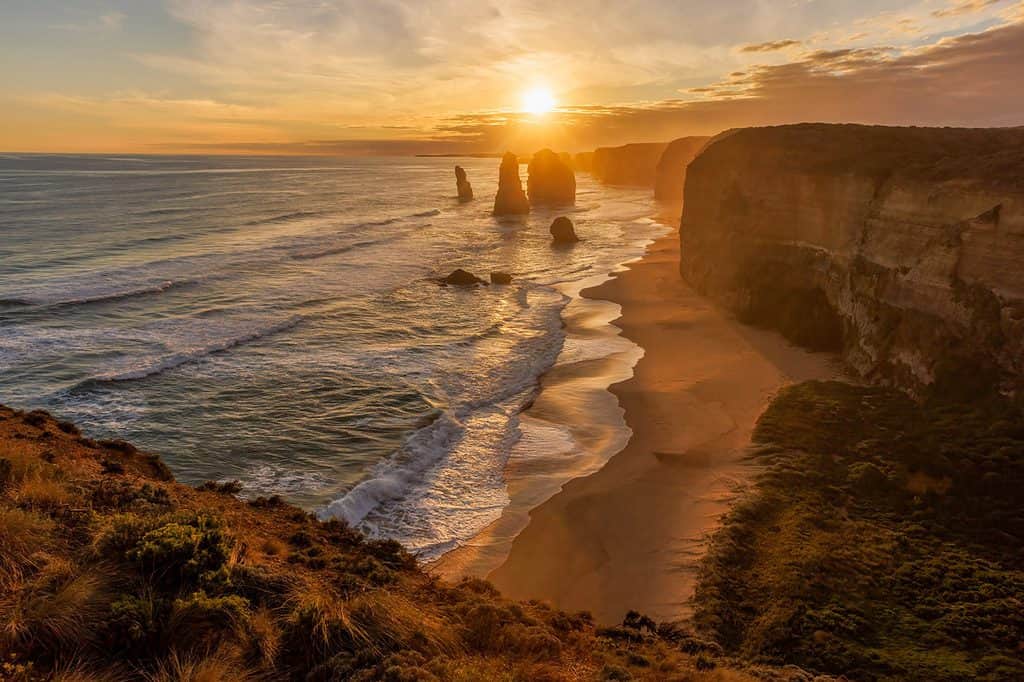
Don’t be afraid to explore lesser-known areas as well, as they can often provide stunning and unique photo opportunities.
“The landscape is like being there with a powerful personality, and I’m searching for just the right angles to make that portrait come across as meaningfully as possible.” ~ Galen Rowell
Not Asking for Help
It’s easy to get stuck in a rut with your photography, especially when you’re just starting out. But don’t let your pride stop you from seeking help.
Whether it’s asking a more experienced photographer for advice or joining a photography group, seeking guidance can help you improve faster and avoid common mistakes.
Don’t be afraid to ask for help – it’s a sign of strength, not weakness.
Joining my local social sunrise group was one of the best things I did to help my photography, so do some searching to see what’s in your local area.
Attending workshops and tours is another option I recommend for so many reasons.
As the saying goes, “if you want to go fast, go alone. If you want to go far, go together.”
Not Having a Workflow
Are you guilty of taking tons of photos and neglecting your workflow, and can’t find anything?
It’s a common mistake, but with a solid workflow, you can elevate the quality of your landscape images. Start by saving your photos to a dedicated folder on your computer, and organising them by date, location or event. This will make it easier for you to find your images when you need them.
Don’t forget about the editing process to bring your own unique style to your images. A good workflow can include steps such as sorting and selecting the best images, adjusting exposure and colour balance, and cropping or straightening if needed. Don’t rush this process, take your time and enjoy the creative process of editing your landscape photos.
Lastly, make sure to back up your images regularly to prevent data loss. You can use an external hard drive, cloud storage or both. This will give you peace of mind and ensure that your photos are safe and secure.
Finally, Don’t Forget to Enjoy the Moment
When you’re first trying to learn everything, it’s easy to get caught up in capturing the perfect shot and forget to appreciate the beauty around you.
Remember to take a break and simply enjoy the moment. Take in the surroundings, breathe in the fresh air, and appreciate the quietness that nature brings.
Not only will this help you relax, but it may also inspire you to capture even more stunning photos.
So, don’t forget to put down the camera and enjoy the moment!
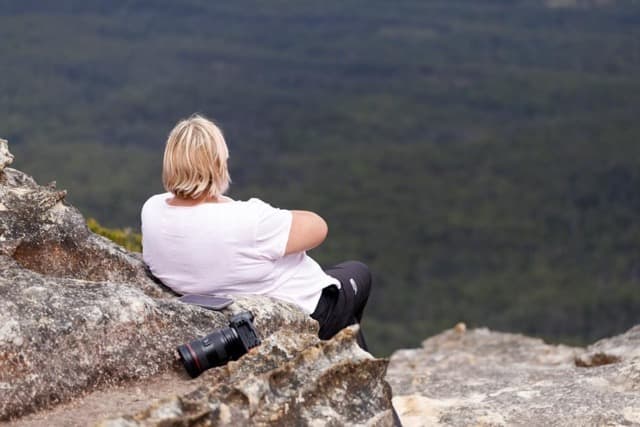
Conclusion
I’m truly hoping you can learn from the mistakes made by those who’ve gone before you like me, so you can start taking better photos faster.
In conclusion, mastering landscape photography takes time, patience, and practice. I was a beginner not that long ago, so I know firsthand how frustrating it can be to make these common mistakes.
That’s why I wrote this article – to help prevent you from making the same errors and to encourage you to keep pushing forward.
By avoiding these mistakes, you can take your landscape photography to the next level. Remember to experiment, take risks, and most importantly, have fun with your camera.
As Ansel Adams once said, “You don’t take a photograph, you make it.”
So, go out there and make some amazing landscapes!
I hope this article will help you in improving your landscape photography skills, and not repeating my mistakes.
Do you have any other tips? Have you made any of these mistakes before? Let me know in the comments below.
That’s it for now – Keep clicking and stay caffeinated
Like this post? PIN it so you can save it for later
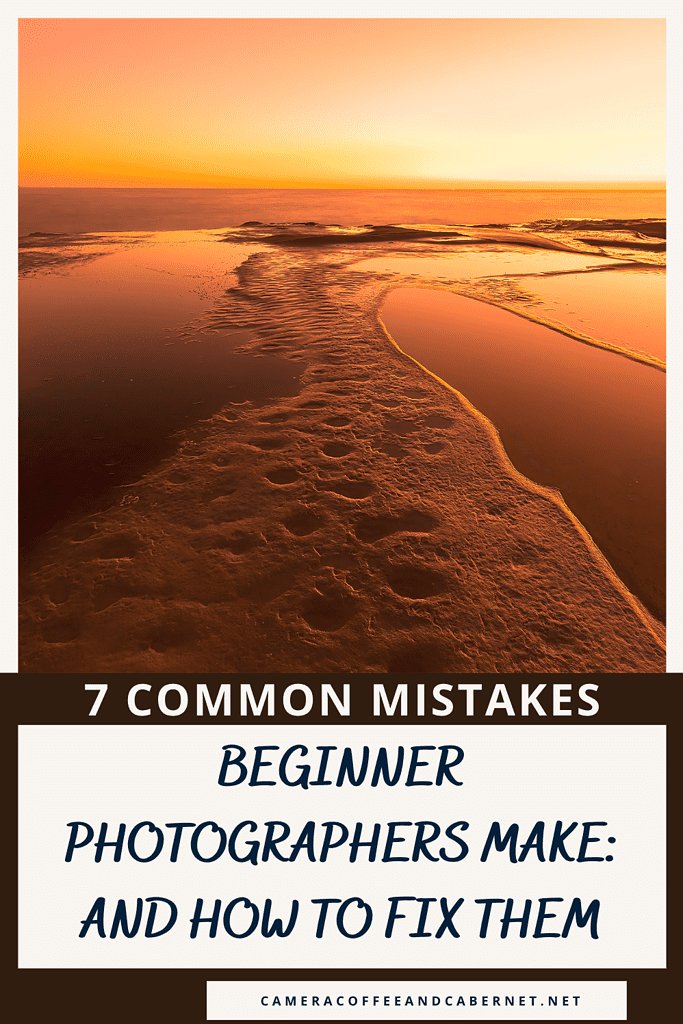
Other Posts You Might Like:
- What I Wish I Learned Earlier in my Photography Journey
- Skill and Vision in Landscape Photography: More Important Than Gear
- 10 Helpful Landscape Photography Guides For Beginners
- Inspirational Landscape Photography Quotes
Don’t miss a post – sign up Here if you haven’t already
Note – Unless otherwise stated, all photos are mine and remain my copyright images – Sam Wilson Photography.




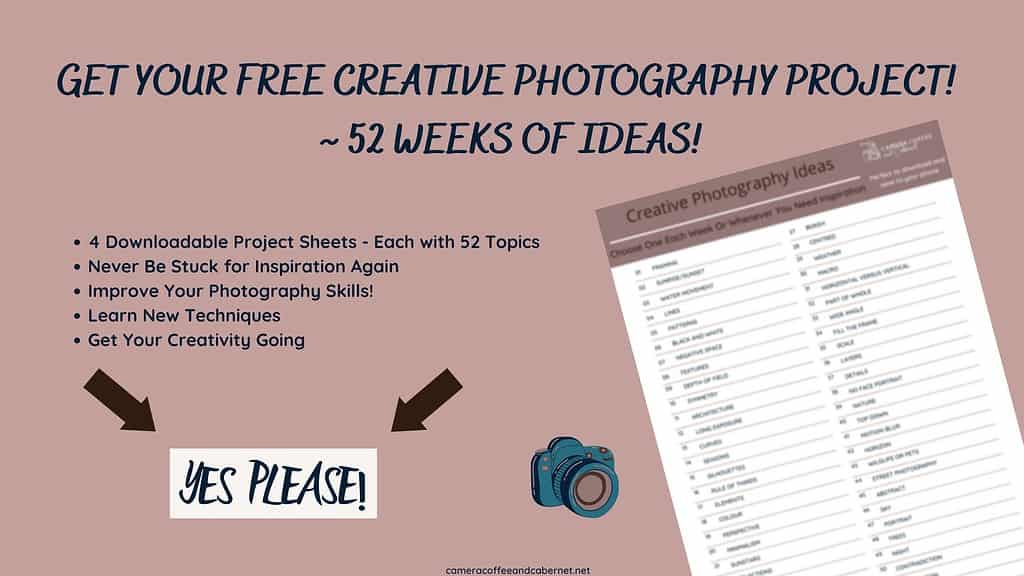


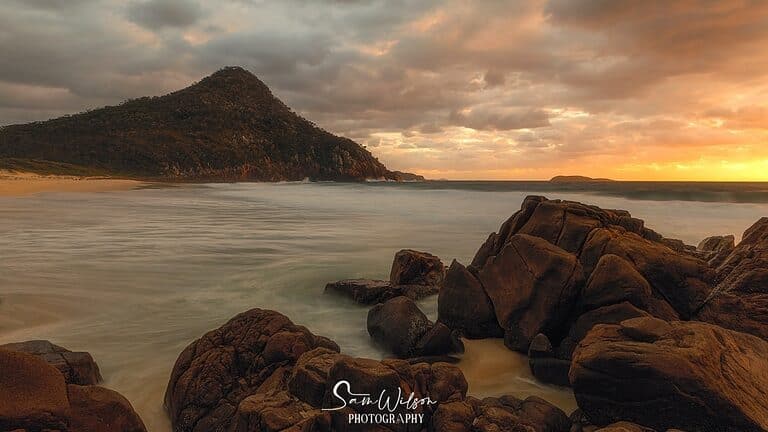
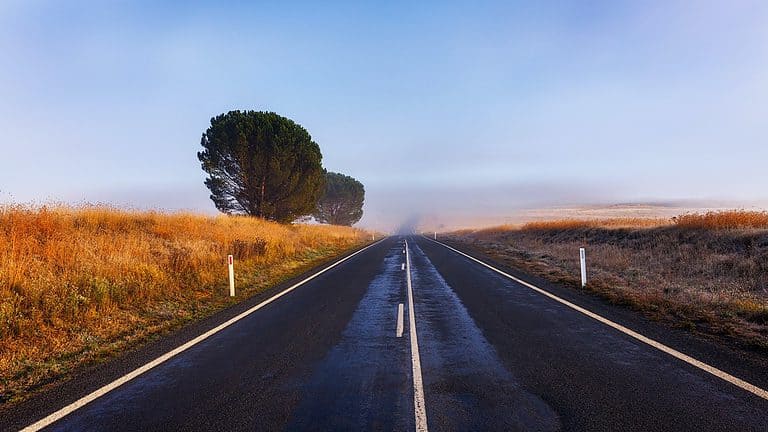
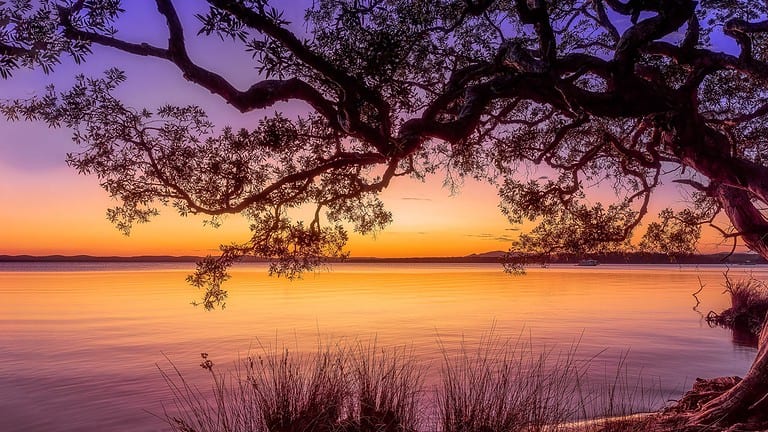
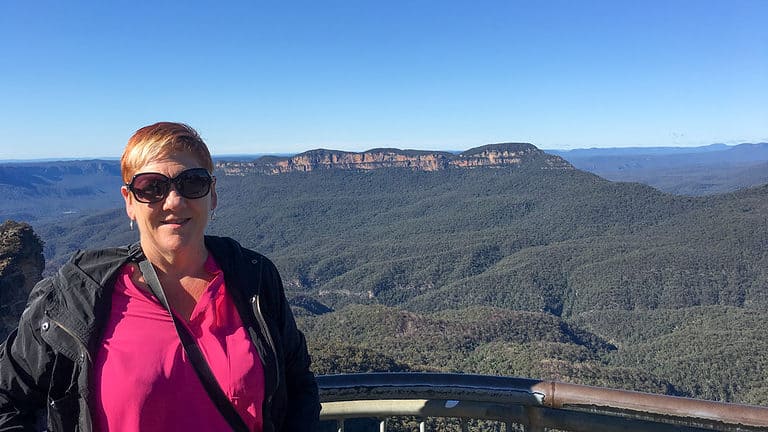
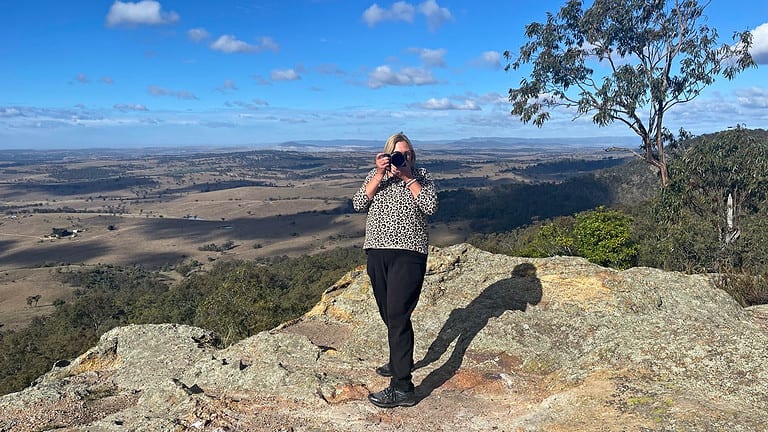

Sam, this is a great reminder and I had more than a few grins (or grimaces?) whilst reading it. Thanks for this post and all the work you’re putting in. Definitely love the last bit – just take time to enjoy being where you are – a must.
Thanks Steph
Hopefully it was also a good reminder of all the things you are doing right 🙂
Thanks Sam – love your positive and constructive suggestions etc.
Excellent….
Paul
Hi Paul
Thanks so much for your comment – glad you found it helpful
Sam